The Moon Is Much Older Than We Thought
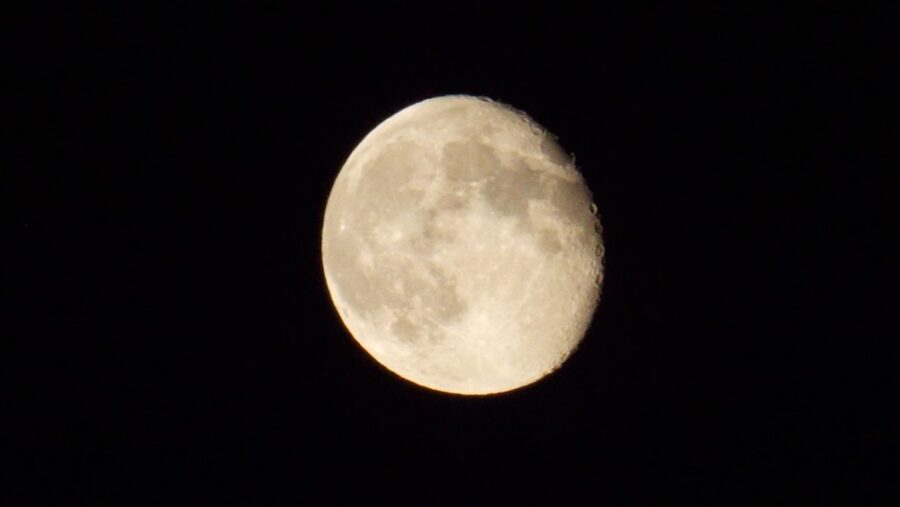
According to ScienceAlert, the Moon is a great deal older than scientists had believed to this point. Certainly we know the Moon is quite old, but astronomers may have underestimated its age. In fact, it might be some 40 billion years older than has been believed.
The Previous Theory
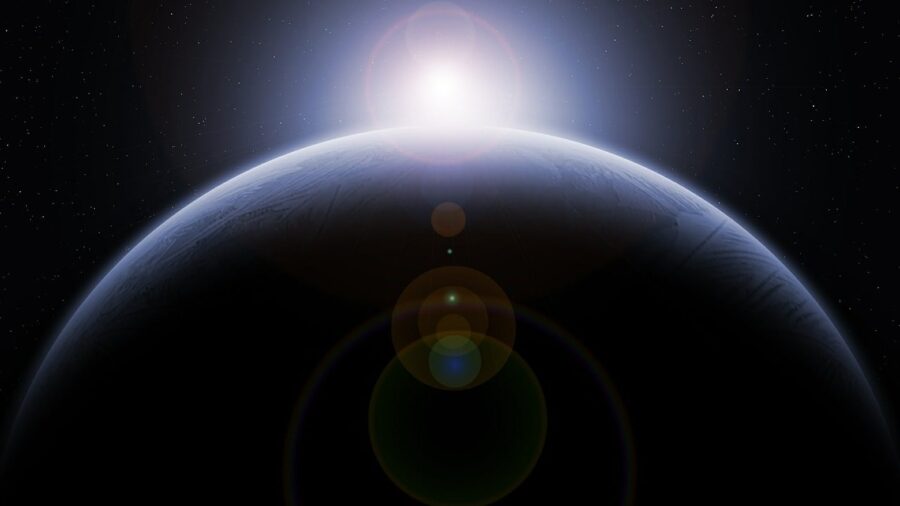
The reigning theory has been that our Moon dates back as early as 4.4 billion years ago, shortly after our planet was formed in the early days of the Solar System. This theory suggests that Earth was impacted by an object roughly the size of Mars that was still forming and therefore warm and rather soft. When this impact occurred, it created a giant debris cloud that merged together to form Earth’s moon, shaped into an orb by the gravitational pull of our planet.
New Lunar Samples Date The Moon
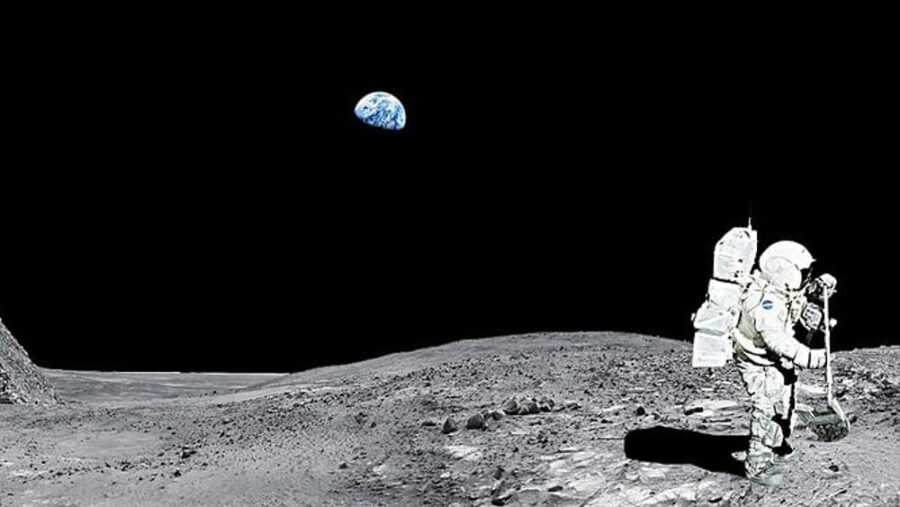
Apollo lunar samples have given us a glimpse into the possible age of our Moon through a new study that examines minuscule grains of zircon found in the samples. The new findings come from a team of researchers headed by University of Glasgow geologist Jennika Greer and suggest that the Moon is only slightly younger than Earth, some 4.46 billion years old. The Earth itself, on the other hand, has an estimated age of 4.54 billion years.
Philipp Heck, cosmochemist at the Field Museum and University of Chicago says the zircon crystals found in the samples are “the oldest known solids that formed” after the collision. Since the crystals were the solids that formed closest to the time of the impact, they provide the surest measure for the date of the formation of the Moon. Though the exact manner and timing of the Moon’s formation is not known, there are elements present on the Moon that strongly suggest the orbital body used to be part of Earth.
The Moon Is About 40 Million Years Older Than We Thought
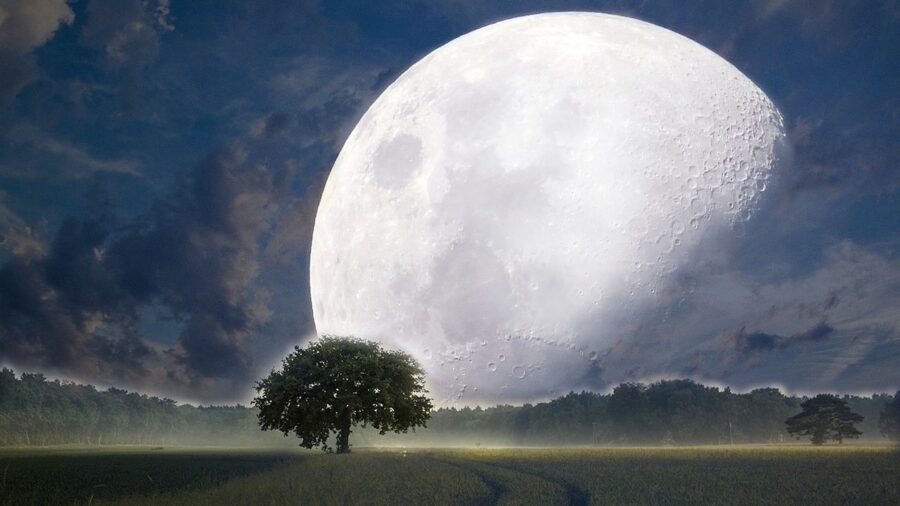
Currently, the Moon’s formation is most widely expected to have occurred as a result of a collision early in the life of our Solar System when astronomers believe there were more large objects slamming into one another on a more frequent basis. While there have been a number of estimates made about when the impact took place, the latest evidence seems to suggest that the earlier estimate of 4.4 billion years was a bit short. The presence of zircon crystals in the lunar samples gives scientists a reliable way to discover the samples’ age because the crystals incorporate uranium when they form, while strongly rejecting lead.
Zircon Crystals From Apollo 17
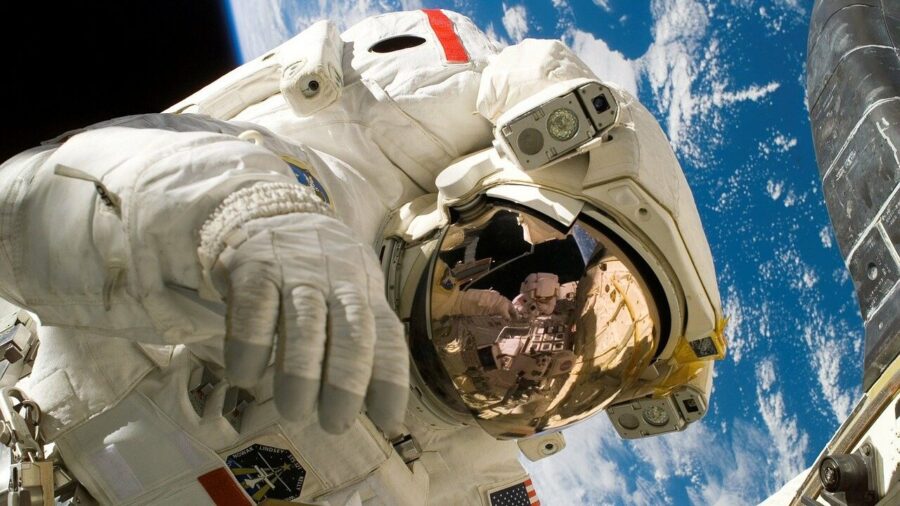
In samples like those taken from the Moon, the uranium within the zircon crystals decays and turns into lead at a reliably measurable rate. The ratio of lead to uranium within zircon crystals, then, provides scientists with a highly reliable method for evaluating the age of a sample. The samples studied by Greer and her team came from the 1972 Apollo 17 mission, the last time humans ventured to the Moon.
The Moon’s Surface Was Once Covered By Molten Oceans
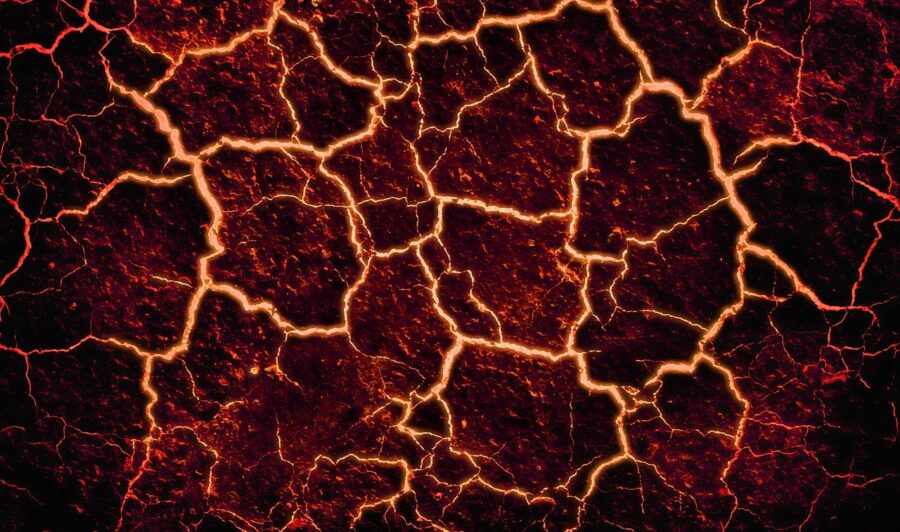
It is thought that the Moon’s surface would have been covered by a molten ocean immediately after its formation that would then have solidified, triggering the formation of the crystals. Before the surface of the Moon cooled, it was simply too hot for the zircon crystals to form, meaning that it would have taken time for the conditions to be right to allow the formation of the zircon. Researchers used a process of sharpening the microscopic crystals, then evaporating atoms from the tip of the point they created, studying the sample composition using atom probe tomography.
As the material was vaporized, a mass spectrometer was used to analyze how heavy the material was, giving the scientists an indication of the uranium to lead ratio. This process led to a dating of the Moon’s zircon samples at 4.46 billion years, meaning that this is the minimum possible age of the Moon. Of course, the age of the zircon crystals does not account for the time of the Moon’s formation before its surface began to solidify, but it does allow scientists to extrapolate a more accurate estimate of the date when the impact occurred by working backward from the formation of the zircon to the collision itself.
Future Moon Studies
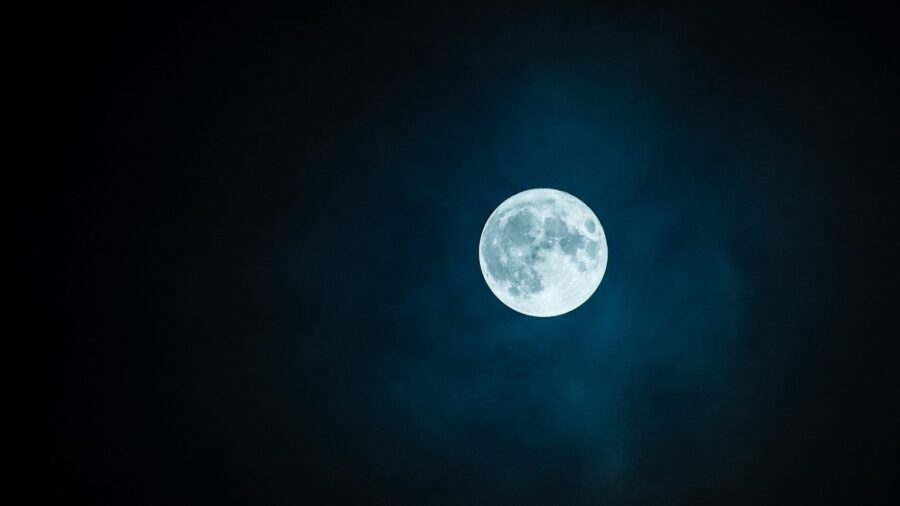
Greer calls the realization of holding the oldest pieces of the Moon yet discovered “amazing.” The Moon research conducted by Greer and her team is set to be published in the journal Geochemical Perspectives Letters. As more astronomers study their findings, Greer is hopeful that we can learn more about the history of our lunar neighbor.











